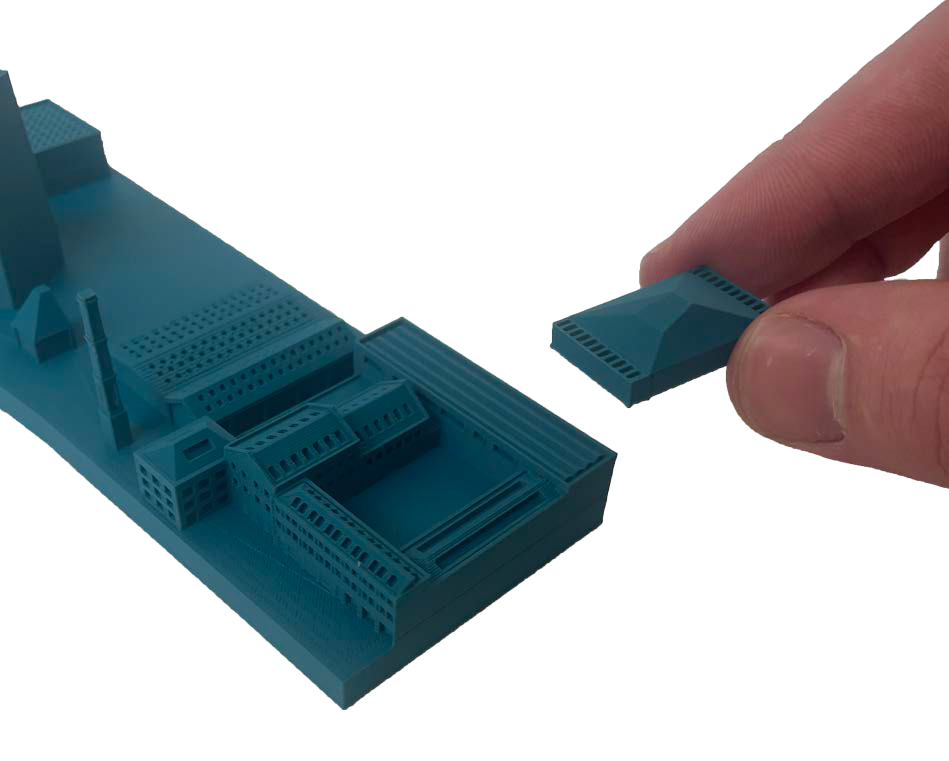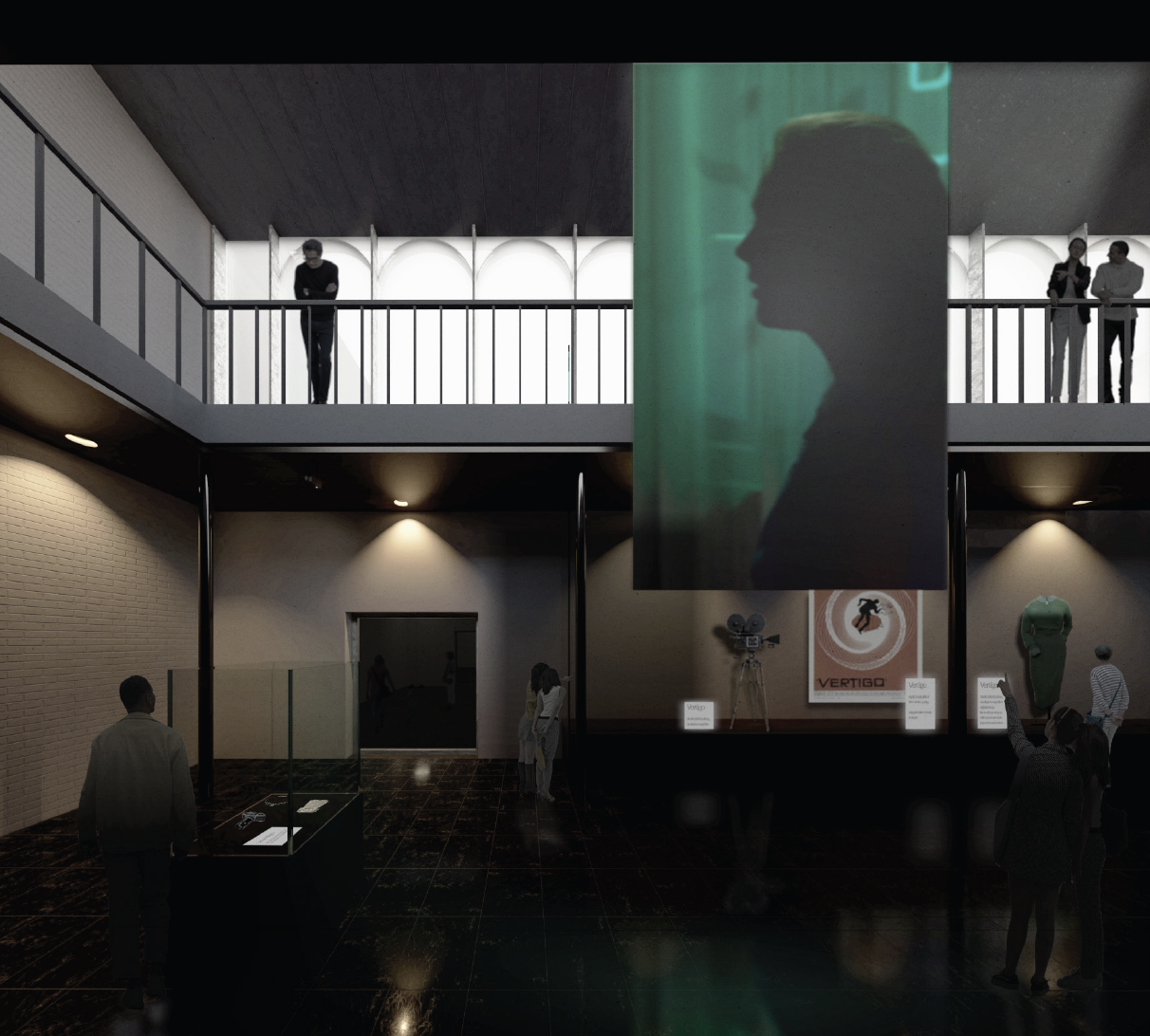Museum of Activism and Social Change

James was a student of the Nissen Richards teaching unit at London Metropolitan University, where the brief was to create a new museum and archive in Hackney.
'Vanguards of so many revolutions. No matter how tiny. We were all in it together.’
The proposal aims to embody Hackney’s history of activism and reignite people’s passion for collective social change. It includes exhibitions and public archives that capture moments of activism, affordable artist studios, community led education and grassroot live performances - provoking and empowering visitors to act and create their own positive change.

‘If you had a message to spread through poetry or prose, there was usually a stage for you!’
In the 1980s, Hackney was one of the most deprived parts of the UK. But at Dalston’s Rio, London’s oldest community-run cinema, the Tape/Slide Newsreel Group was giving unemployed local young people a voice. It taught photography and sound-recording skills, and championed an alternative perspective on Hackney life.
In 2016, thousands of slides were found in a filing cabinet in Rio’s basement, a legacy of this ground breaking project.
They document vibrant communities, street scenes and social events. They report on the social problems of a corner of London left behind, on local activism against racism, police brutality, deportations, AIDS, the miners’ strike and nuclear weapons.

‘It felt like a special s settlement of like-minded people. A tribe.’
Storing past and present artefacts from moments of protest in the UK combined with the existing Hackney Archive. Publicly accessible and visible to encourage visitors to learn from the extensive, previously inaccessible, stores of information. The Hackney People’s Press from the 1980s currently in storage at Hackney Archive can be displayed.

There are over 3500 artists waiting for a studio at one time in London. However due to the ever increasing rent prices, many are being forced out of the centre, threatening London's status as a world-class creative hub. Providing affordable studio spaces for artists, makers and designers, so that artists have a place to carry out their craft and showcase their work is an essential part of maintaining cultural heritage.

Simple organisation of the spaces helps orientate the visitors. The Hackney Museum stands alone to signify its importance within the borough. Museums can be claustrophobic and relentless. With no clear routes through, visitors can often become disorientated and no longer enjoy the experience. The proposed exhibitions will be simply categorised spatially and all be separately accessible.

Radical Hackney
All content from hackney museum will be transferred to act! Museum. This will sit alongside other artefacts telling stories of Hackney’s history donated by the people within the community.
Contains: Information boards, photographs, posters, physical artefacts
Each floor allows a different level of light to pass through the facade depending on the artefacts displayed. Low light levels for sensitive paintings, high levels for instillations and sculpture.

Activism Exhibitions
Flexible exhibition programmes display content based around themes of activism to provoke and inspire visitors to advocate for their own social change.
Contains: Instillations, artefacts, paintings, photographs, objects

Public Archive
All content from Hackney Archive will be moved to this location, centralising Hackneys history. The environmentally controlled archive will also carefully collects and stores moments of activism from past events across the UK but also actively seek to collect artefacts from moments as they happen, building a collection for the future.
Contains: Protest posters, paintings, artefacts, books etc





